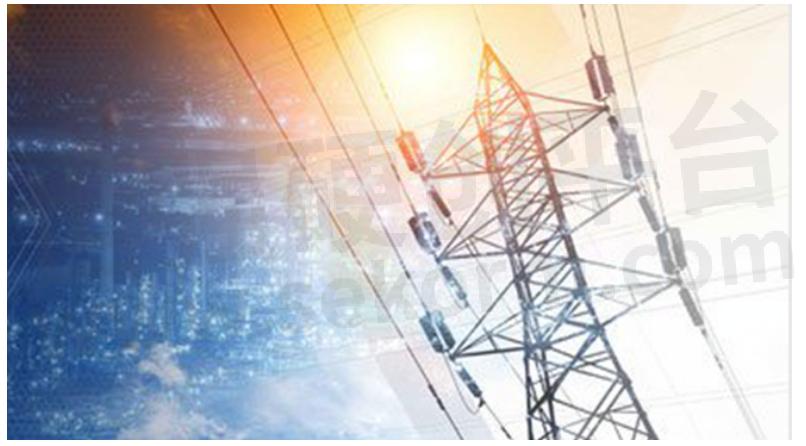Bidirectional DC DC Converter: Principles and Applications

A bidirectional DC-DC converter is a power converter that can convert DC voltage from one level to another level, in both directions. This type of converter is used in applications such as electric vehicles, renewable energy systems, and energy storage systems, where there is a need for bidirectional power flow. In this article, we will discuss the principles of bidirectional DC-DC converters and their applications.
Principles of Bidirectional DC-DC Converters
A bidirectional DC-DC converter is a power converter that can operate in two modes: buck mode and boost mode. In buck mode, the converter steps down the input voltage to a lower output voltage. In boost mode, the converter steps up the input voltage to a higher output voltage. The bidirectional DC-DC converter can switch between these two modes depending on the direction of power flow.

Fig.1
The bidirectional DC-DC converter uses two sets of switches to control the power flow in both directions. The switches can be either MOSFETs or IGBTs. The converter also has two separate control circuits for each direction of power flow. The control circuits monitor the input and output voltages and currents and adjust the switching frequency and duty cycle of the switches to achieve the desired output voltage and current.
Applications of Bidirectional DC-DC Converters
Electric Vehicles
Bidirectional DC-DC converters are used in electric vehicles to convert the high voltage DC battery voltage to a lower voltage for the onboard electronics. The converter also steps up the lower voltage from regenerative braking to charge the battery. The bidirectional DC-DC converter is also used to convert the DC voltage from the battery to AC voltage for the electric motor.
Renewable Energy Systems
Bidirectional DC-DC converters are used in renewable energy systems, such as solar and wind power systems, to convert the DC voltage from the solar panels or wind turbines to AC voltage for the grid. The converter also steps up the AC voltage from the grid to charge the batteries during off-peak hours.
Energy Storage Systems
Bidirectional DC-DC converters are used in energy storage systems to convert the DC voltage from the battery to AC voltage for the grid. The converter also steps up the AC voltage from the grid to charge the batteries during off-peak hours.
Conclusion
Bidirectional DC-DC converters are important power converters in many applications where there is a need for bidirectional power flow. The converter can step up or step down the input voltage in both directions to achieve the desired output voltage and current. The bidirectional DC-DC converter is used in electric vehicles, renewable energy systems, and energy storage systems to convert the DC voltage to AC voltage and vice versa.
- +1 Like
- Add to Favorites
Recommend
- Bidirectional DC DC Converter: A Comprehensive Overview
- Bidirectional DC DC Converter: A Solution for Efficient Power Transfer
- Bidirectional DC DC Converter: An Innovative Solution for Efficient Power Transfer
- Bidirectional DC DC Converter: Principles, Topologies, and Applications
- Bidirectional DC DC Converter: A Solution for Efficient Power Conversion in Renewable Energy Systems
- Bidirectional DC DC Converter: A Two-Way Power Transfer Solution
- Bidirectional DC-DC Converter: An Efficient Solution for Power Conversion
- Bidirectional DC-DC Converter: An Innovative Solution for Efficient Power Conversion
This document is provided by Sekorm Platform for VIP exclusive service. The copyright is owned by Sekorm. Without authorization, any medias, websites or individual are not allowed to reprint. When authorizing the reprint, the link of www.sekorm.com must be indicated.





























































































































































































































































































































































































































































































































































































































































































































































































































































































